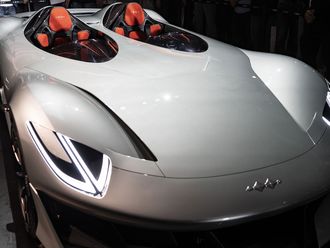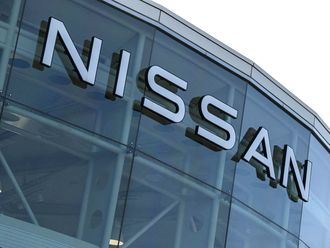Dubai: Dubai continues to be one of the key destinations for global brands, by reclaiming the No 3 spot in attracting the highest number of new labels during 2016. Doing so, it comes just behind Hong Kong and London, according to the latest industry update from CBRE.
Dubai, meanwhile, continued to hold the second spot as the city hosting the highest number of global brands, with 57.3 per cent, second only to London’s 57.9 per cent.
In a sign of the times, athletic-leisure brands such as Under Armour, New Balance and Jordan led the way in coming in and opening stores at malls and high-streets in Dubai. In all, there were 59 new brands across categories marking a first-time presence in this market, compared with the 87 Hong Kong attracted and 65 for London.
Interestingly, Dubai gained six spots in the latest global rankings, with 2015 seeing only 29 new entrants, as per CBRE estimates. Doha is in fourth spot with 58 new labels coming in last year.
Each year the retailer mix of those coming in is changing for Dubai. And mall developers are responding accordingly.
“The impact of online retail is still to be fully felt in the local market — but we are likely to see changes to the structure of malls going forward,” said Mat Green, UAE head of Research and Consultancy at CBRE.
“We anticipate that entertainment and F&B facilities will become an increasingly important component of the overall mix, with consumers using the mall environment less for standard retail purchases.
“We are already seeing a big increase in the use of major online services, and that will drive new innovation for brick-and-mortar stores, including the inclusion of more concept stores, click-and-collect facilities and so forth.”
Dubai’s F&B sector was the clear winner last year, making up 40 per cent of the newcomers. The increased exposure for F&B is already noticeable in clusters such as City Walk and Boxpark, as well as at the Riverland in Dubai Parks & Resorts. More malls are making the necessary tweaks, with Dubai Festival City confirming visitor traffic gains from its recently expanded food court.
“[The] UAE’s F&B sector has shown an upward trajectory as consumer spending on socialising and eating out continues to grow with nationals and expatriates alike,” the report states.
And there is even scope for new trends to come to the surface — “The food truck industry is one of the best performing segments in the F&B sector in the UAE and is a rising new phenomenon,” the report adds.
“Food trucks offer restaurateurs a cost-effective platform not limited by location. They also deliver a new low-risk entry to market for upcoming F&B brands.”
Another ingredient in the F&B surge has been presence of multiple app-based food delivery companies. They are winning over investors too, a fact underscored by one of them, Fletchr, picking up $41 million (Dh150.6 million) through a Series B round.
At the wider retail level, the fact that new global brands continue to make a beeline for Dubai will provide impetus for mall developers with massive projects underway. But those mall owners without the size or clout will have to make adjustments... and that means even at the rental level. Some of the bigger retail groups are starting to demand some sort of rent rationalisation and making a point of exiting those locations that do not meet their expectations any longer. According to Green, “Rental rates in Dubai are showing signs of fragmentation, with the major malls still commanding huge premiums over the wider market average. Occupancy rates within the prime malls such as Dubai Mall, Mall of the Emirates and Ibn Battuta Mall are all running at close to 100 per cent occupancy.
“However, with retail conditions deteriorating, we are likely to see higher vacancy rates emerging in the longer term. We expect that this may be driven by rising vacancy rates in secondary mall locations and within seasonally impacted non-mall formats.”












